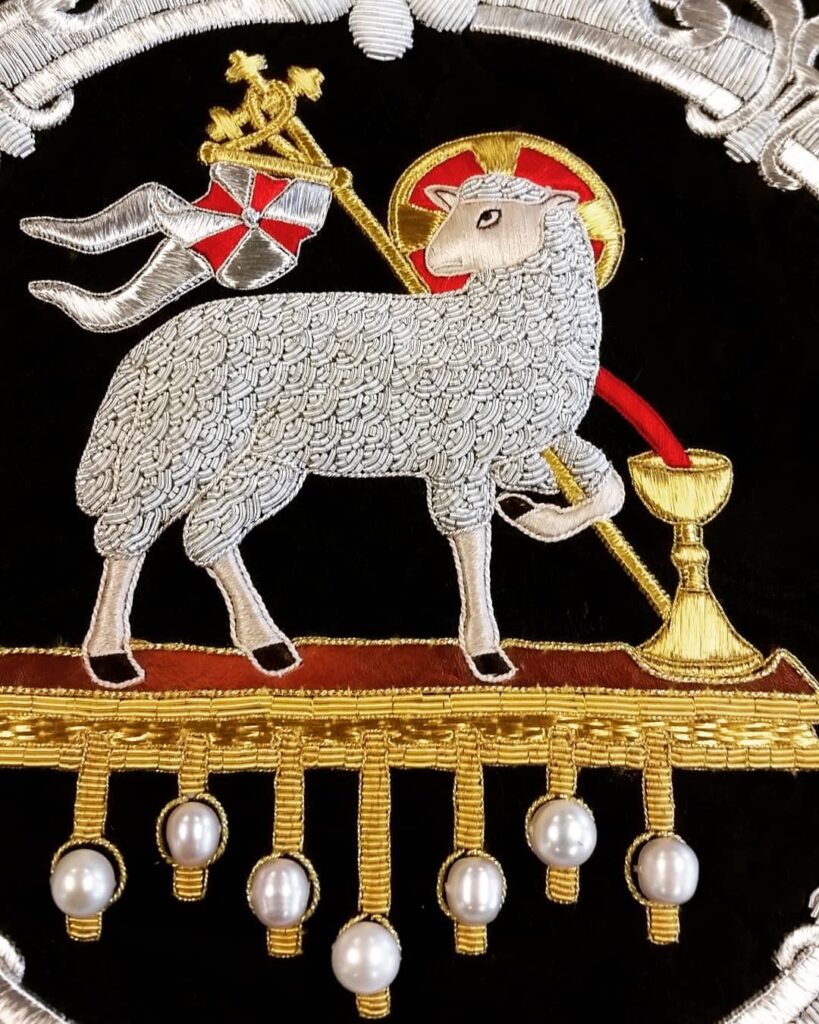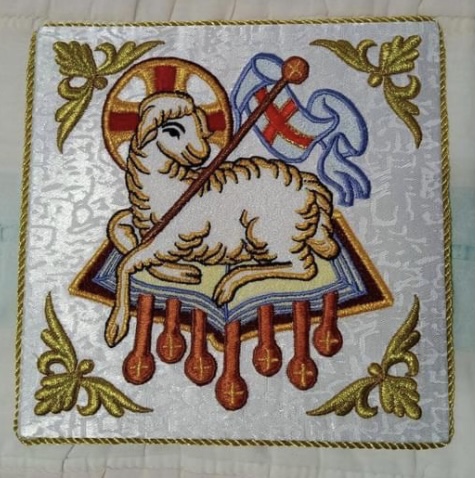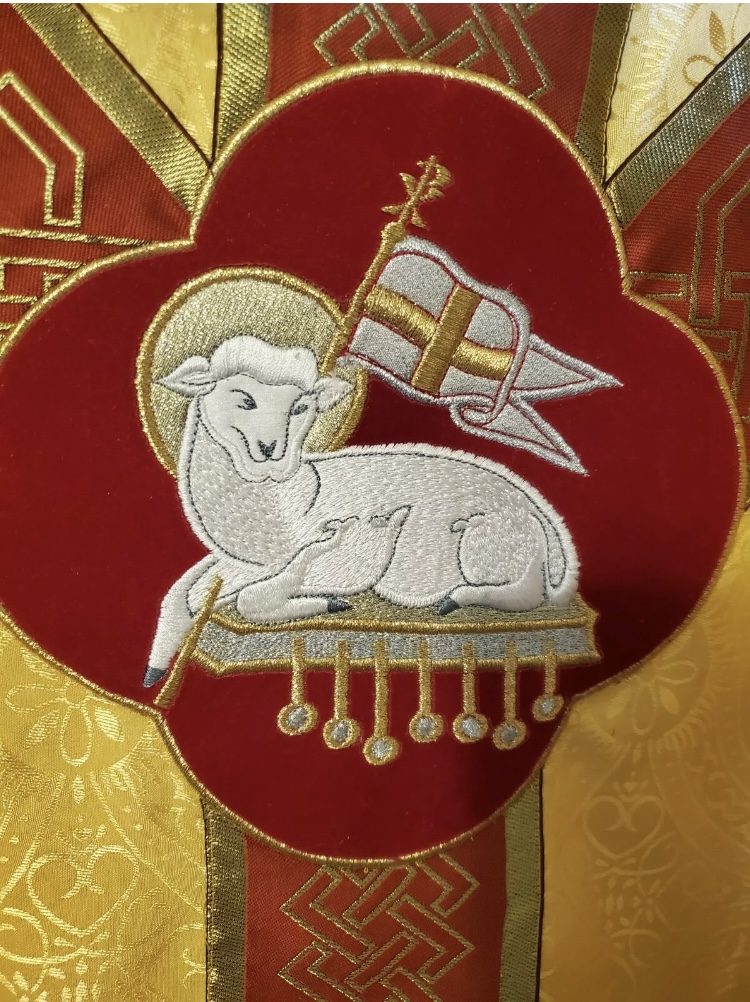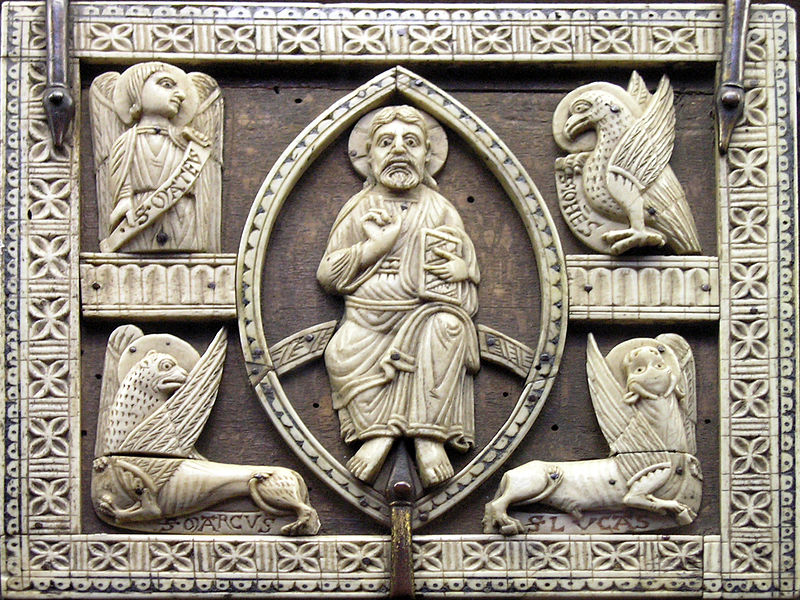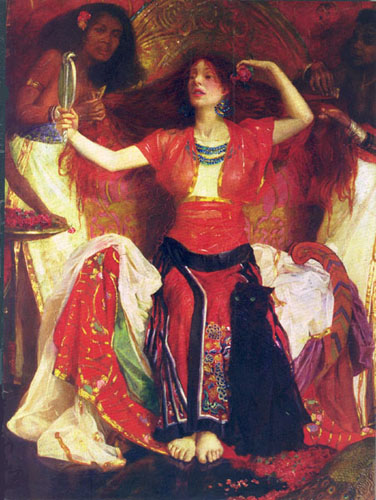I watched as the Lamb broke the first of the seven seals and …. as I watched, there was a pale horse. Its riders name was Death and Hades followed with him. (Apocalypse 6:1-8)
The book/scroll with the seven seals is among the most well-known images from the Apocalypse. Even if people don’t know the biblical source of the image, they at least know about the last, the Seventh Seal, from the famous movie by Ingmar Bergman. The seals and the riders or other visions that are revealed as each seal is broken have appeared many times in books and movies, whether in Agatha Christie mysteries or horror-fantasies or even comedies.
The seals reveal aspects of the liturgy–such as the relics of the martyrs contained in the altars on which the Eucharist is celebrated–as well as aspects of life that are judged by liturgical participation throughout history. Famine, plague, pestilence, and misery are constants throughout human experience. Many expect these to become especially intense just before the world ends; because of this, when these experiences have become intense in the past, many people expected that the world was about to come to an end.
Everyone loves to calculate and predict when exactly the End will come. Even St. Augustine has to tell his congregation, “Give your fingers a rest!” when they spend too much time and energy doing complicated math problems, trying to figure out when exactly the apocalypse will come. (Full disclosure: I still depend on my fingers to do even simple math problems!)
But it has not yet come to an end.
But the world does come to an end each time we celebrate the Eucharist and take our places in the eternal Kingdom of God. The apocalypse happens every time we proclaim, “Blessed is the Kingdom of the Father, and of the Son, and of the Holy Spirit.”
The apocalypse happens every time we lift up our hearts.
The apocalypse happens every time we ask the Father to send down the Holy Spirit on us and on these Holy Gifts of bread and wine.
The apocalypse happens every time we say, “Our Father… thy kingdom come.”
The apocalypse happens every time because the Holy Spirit lifts us up from earth to heaven to see Christ revealed in all his glory.
When will the seals be broken? They are always being broken, throughout time (during what we call “secular” history) and eternally (in the celebration of the Eucharist).

